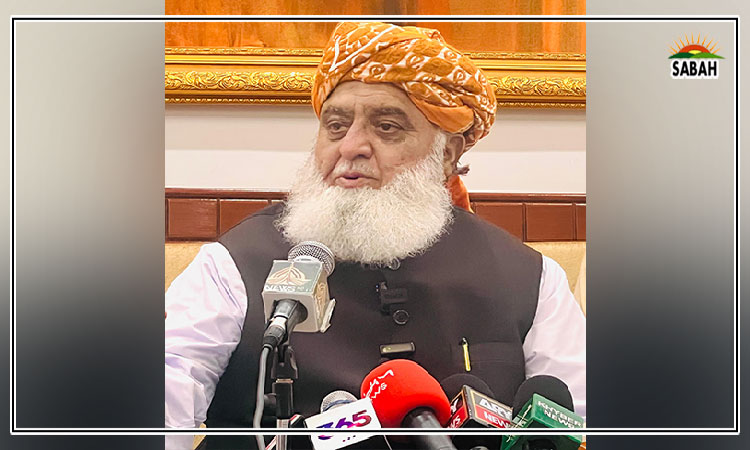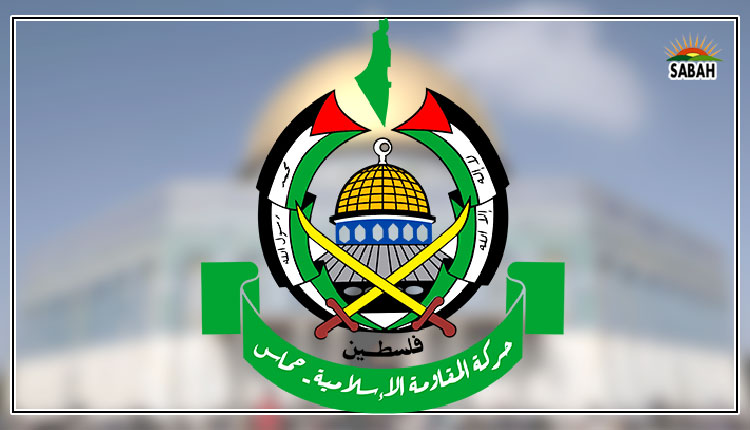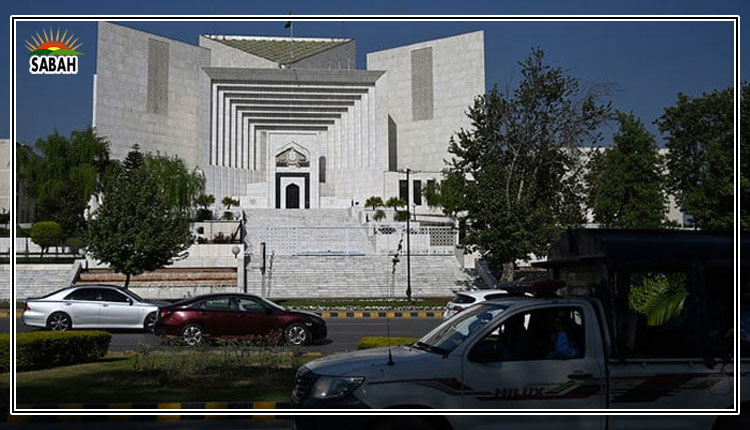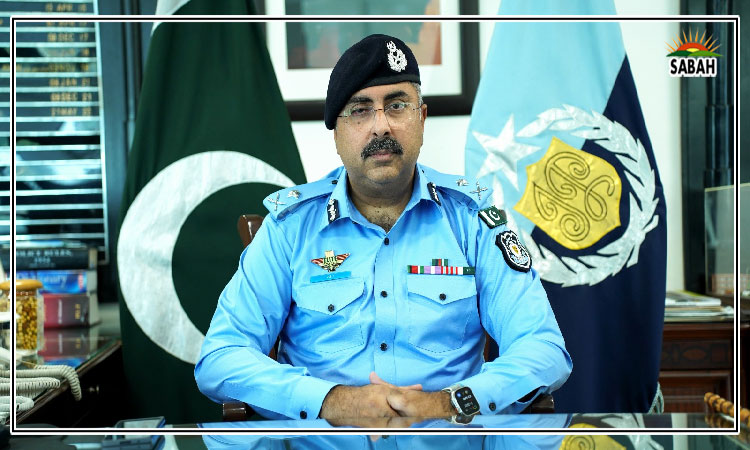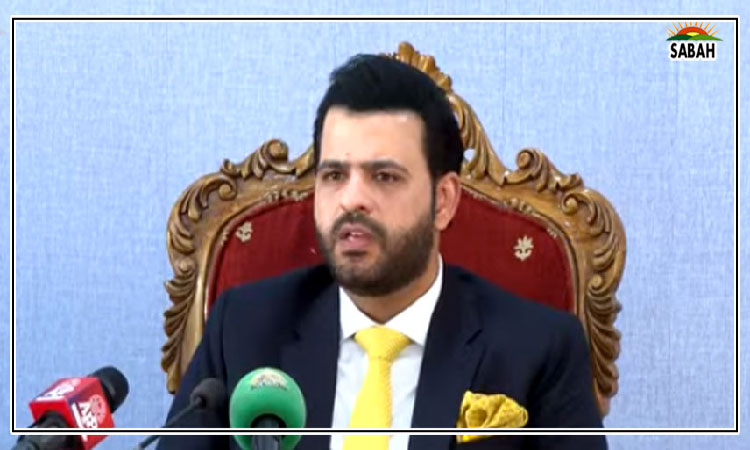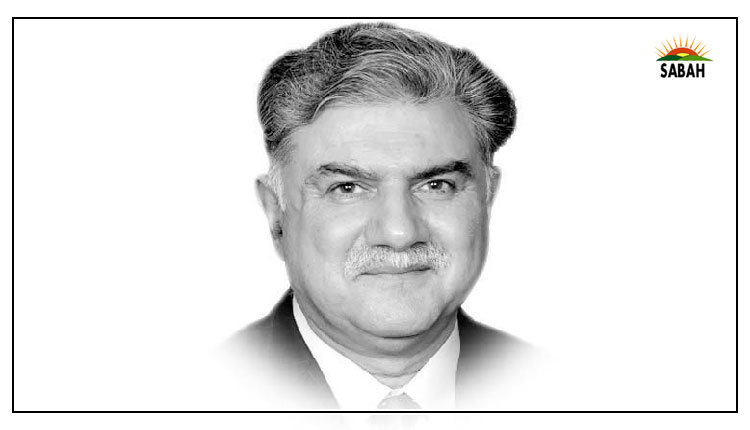Afghan Emirate, Al-Qaeda, Da’esh and TTP…Inam Ul Haque
Some recent assessment presented in the UNSC identifies key threats by various terrorist outfits in Afghanistan. It also claims possible TTP merger with Al-Qaeda. Given the ideological, logistical and foundational reasoning, this claim is far from reality.
First, Islamic Emirate (IEA) and TTP follow Hanafi Islam (following Imam Abu Hanifa), and its South Asian version of Deobandi school, in its local variant, the Haqqani streak of Darul Uloom Haqqania in Akora Khattak, KP. They mostly believe in taqleed following the path of the righteous forefathers as against ijtihad, or independent reasoning by an expert jurist in matters that Muslims face in modern times. As far as geostrategic outlook is concerned, IEA is Afghanistan-focused with no appetite for exporting its ideology abroad, unlike the Islamic Revolutionaries of Iran in 1979. TTP even has limited aims/objectives, and its avowed religiosity is limited to establishing Sharia rule in the contested areas of KP. Its five demands (enforcement of Sharia, undoing FATA merger with KP, reduction in Pakistani military presence in parts of KP, release of prisoners, and return to Pakistan in groups with permission to keep arms) during 2022 parleys in Kabul, clearly reflect this localised outlook.
ISIK or Daesh, on the other hand, follows the more puritanical Salafi school of thought with ijtihad embedded, that emphasises recourse to the early days of Islam (immediately after the days of Prophet Muhammad (peace be upon him). That means strict emulation of salaf i.e. early Muslims. Within the Salafists three strands, the quietist, the activists and the jihadists, Daesh mainly follows the last two. Daesh cadre is also called takfiri the ones who excommunicates others from Islam, as they consider many Islamic sects heretic. Their geostrategic outlook is universal, they believe in the Caliphate and are nihilist in their approach.
So given the fundamental differences between the two diametrically dissimilar schools of thought, the TTP alliance with Daesh, as is generally feared, is not probable if not impossible. And if any group within the TTP (Kurram, Orakzai chapters for example) undertakes such an operational alliance, it would be a desperate marriage of convenience and short-lived, as ideological differences run deep. IEA, which has fought against Daesh in eastern Afghanistan and continues to battle it nation-wide, would never approve of such an alliance. This might rupture the IEA-TTP bonhomie besides dividing the TTP internally. Individual TTP members, however, might elope to join Daesh.
Al-Qaeda. As the Soviet Union pulled back from Afghanistan in 1989, Abdullah Azzam and bin Laden formed al-Qaeda al-Sulbah (The Solid Base) inspired by the Egyptian theorist Sayyid Qutb (1906-66). It was aimed at overthrowing un-Islamic regimes in the Middle East and elsewhere in order to establish Islamic rule. Azzam while compiling Al-Qaeda charter (1987/1988), envisaged it to be an organisation that would fight for oppressed Muslims worldwide. Buoyed by Afghan Mujahideens victory over the USSR, he considered Afghans to lead this Islamic rapid reaction force.
In Afghanistan, Al-Qaeda and IEA shared multifaceted alliance up to and beyond the fall of first IEA regime in 1996. This makes any Al-Qaeda-Daesh alliance impossible. Al-Qaeda has also been fairly degraded militarily through sustained military operations by the US/Western Alliance, therefore it does not present any significant threat from Afghanistan now. However, to buttress its rank and file, Al-Qaeda can woo renegade TTP elements, for which IEA would be ambivalent if not supportive.
However, even if allied, any Al-Qaeda-TTP alliance would be localised and time-specific. Organisations like Al-Qaeda consider their local/regional affiliates a liability to global jihad because these local affiliates mostly act in pursuit of their limited and localised aims and objectives contrary to Al-Qaedas global appeal. Therefore, Al-Qaeda prefers patron-client relationship, where the regional affiliate(s) provide logistical and advisory support only. Al-Qaeda does not absorb the affiliate as such. The affiliate is also content with retaining its distinct identity, not losing its leadership, leverage and financial clout, etc. This has been the case between TTP and Al-Qaeda.
Moreover, when TTP affiliate ratchets up its anti-Pakistan military tempo, it puts additional pressure on Al-Qaeda, because Al-Qaedas other affiliate the (indispensable) IEA is under obligation not to allow the use of its territory against other states. This also inhibits any possible overall Al-Qaeda-TTP alliance and/or merger.
At times, the affiliate aligns itself with the patron for survival, when its resources are dwindling, its military power is degraded and its finances in dire states. None of this applies to TTP. Rejuvenated after IEAs ascent to power in 2021, TTP faces no threat to its survival for now due to healthy recruitment, its finances are robust and it is equipped with sophisticated weapons and equipment, abandoned by the US. That is why a sizeable cadre within TTP, emboldened by such new-found confidence, is eager to impose a military solution on Pakistan. Establishing fiefs in Pakistans soft underbelly, like Chitral in September 2023 is a case in point.
Moreover, any possible Al-Qaeda-TTP merger would diminish TTPs profile, leverage and relevance, buoyed by its increasing attacks in Pakistan. Therefore, TTP merger with Al-Qaeda is out. Nevertheless, local tactical alliance here and there is possible, as discussed. From Pakistans point of view, TTP threat is existential and immediate, IEAs ambivalence can conflagrate it. And Daesh will play it solo and remain opportunistic and evasive. Whereas Al-Qaeda-TTP operational nexus is possible, but not merger.
Having discerned the layout of major players on Pak-Afghan chessboard and IEAs lack of capacity or will (or both) to decisively restrain TTP, Pakistan needs to carefully charter its course. Afghanistan is a neighbour with deep linkages and dependencies. Ratcheting up pressure without undue hostility is the way to go, as hostility weakens our strategic dividend, helping nemesis like India. While continuing to pursue religious diplomacy, Pakistan should formulate a Track-II dialogue with Afghanistan as opposed to the traditional jirga approach. Long-term objectives, rather than quick fixes, be pursued. Allowing time for this intractable issue to resolve itself, inducements for settlement of TTPs Black Cadre on Afghan soil be considered. Border closures harm common citizenry and redoubles hate, that is currently being exploited by detractors of Pak-Afghan peace.
Finally, besides ruthless military operation inside our border lands; and strictly in cooperation and confidence with IEA, intelligence and military operations inside Afghanistan, buttressing IEA capacity, be considered without undue chatter. You do what you need to do!
Courtesy The Express Tribune





